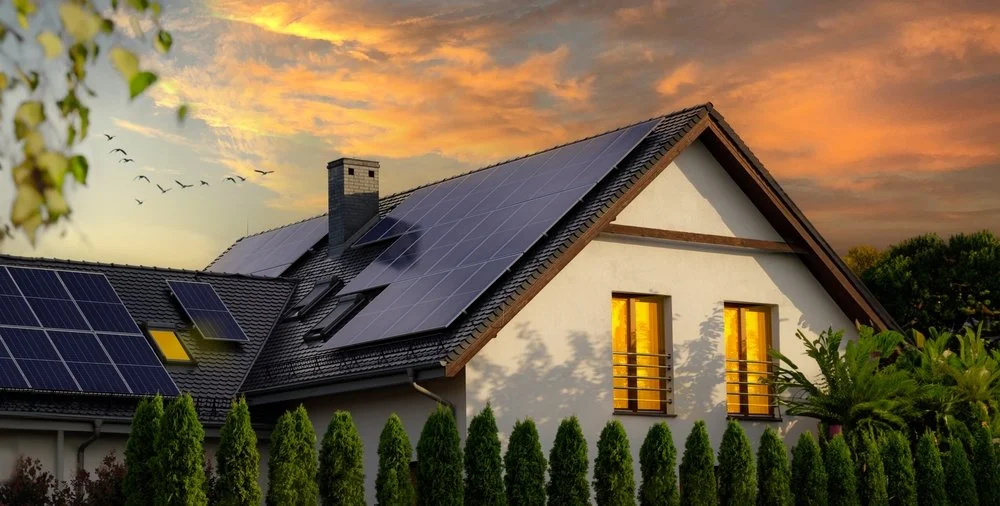Households as Energy Investors and Other Good Economic Signals for Distributed Energy
Source: Elisa Wood | · ENERGY CHANGEMAKERS · | July 17, 2024
New reports show DERs are paying off, even for marginalized communities
Household investment in energy is on the rise as consumers install more distributed energy resources in their homes, according to the International Energy Agency (IEA). This is one of several good economic signals for distributed energy we’ve picked up in recent reports.
The IEA report, “Who is investing in energy around the world, and who is financing it?” finds that household share of energy investment has doubled since 2015 — largely due to those with higher incomes adopting rooftop solar, energy efficiency improvements, heat pumps, and electric vehicles.
That’s pushed household investment up to 18%, with governments and private enterprises making up the rest.
At 11% North America has some catching up to do compared to other advanced economies, such as Japan and Korea (29%) and Europe (27%).
US performance may improve as government money flows into distributed energy from the Investment and Jobs Act (IIJA) and the Inflation Reduction Act (IRA). A separate peer-reviewed report from the IEA evaluating US energy goals finds that the two laws are making the US a major market for renewables, batteries and electric vehicles and significantly boosting energy efficiency.
Local solar tops big solar in NY
New York, in particular, stands out as a model. Distributed solar deployment is now outpacing utility-scale renewables, averaging 31% annual growth over the last decade. This growth has created 5.7 GW of distributed solar, including nearly 1 GW in 2023 alone, according to a report by the New York Solar Energy Industries Association.
Much of the growth is driven by community solar, an option for apartment dwellers and others who cannot install rooftop solar.

